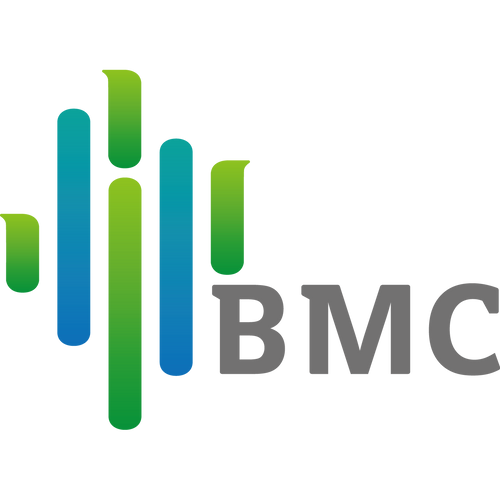How to Use PAP Machine?
Before using a PAP machine, how to use the it correctly?
① Observe the water level to determine whether it is necessary to add water. After adding water, use a towel to dry the excess water droplets on the water tank.
② Observe whether the filter needs to be replaced
③Turn on the power to see if the machine is connected properly
④ Wear the nasal mask/mask, adjust the tightness of the headband, and keep the nasal mask/mask from slanting or blocking your sight.
⑤ One end of the pipeline is connected to the CPAP outlet
⑥Start the CPAP and feel the airflow passing through the pipeline with your hands
⑦Connect the other section of the pipeline to the mask connector
⑧ After adjusting the breathing, touch the mask to the face with both hands to observe whether there is air leakage. If there is air leakage, fine-tune the mask
⑨ Feel whether the humidification temperature of the humidifier is appropriate, and fine-tune it
Once everything is in order, start your journey to a smooth sleep!
When you first to use CPAP, what should you do?
- When using the CPAPfor the first time, you must first turn it on and off . Determine if you can correctly grasp the switch machine, and check whether the machine can work normally.
- Read the product instruction manual carefully before use . Connect the CPAP, humidifier, nasal mask or oral-nasal mask according to the instructions for use.
- Humidifier
- Travel bag
- Tube
- Power cable
- User manual
- Air filter
- Face mask

- After connecting the device
Put on the nasal or oral-nasal mask and adjust the headband's tightness. The tightness of the headband is generally suitable for the mask to have no pressure on the corresponding part of the patient, but it should not be too loose to avoid air leakage.
- Make sure that pure water or distilled water has been added to the humidifier, and it cannot exceed the specified position
- Start the CPAPand feel if theCPAP is working abnormally. If there is no abnormality, you can use it with confidence.
Precautions:
- If the patient wants to temporarily leave the machine during use
It's best to turn off the machine, take off the nasal or mouth-nose mask, and then leave
After returning, put on a nasal mask or a mouth-nose mask, and then restart the machine.
- After using it every day, be sure to turn off the machine and then cut off the power supply .
- It is best to clean the mask once a day, and clean the filter and pipes every three days
- Change the water in the humidifier every day, and it is advisable to not exceed the water level line.
How to use a home CPAP to be more comfortable?
There are a few tricks to look for to make sure home CPAP therapy works. First of all, it is important that the seal on the CPAP airway must be tight enough to ensure that the CPAP has enough air pressure to penetrate the throat. There are many types of CPAP oronasal masks, including nose or full face, and they come in many shapes and sizes, so try them out on your own to see which style works best for your face.
Also, CPAP have humidifiers because the airflow the CPAP produces can dry out your mouth and nose. Some CPAP now include a built-in heated humidifier that moistens the air to make breathing more comfortable.
The humidifier chamber of a home CPAP should be cleaned daily. It is recommended to clean the humidifier and pipes with warm water every day, and use a neutral detergent. Rinse with clean water, air dry naturally, avoid direct sunlight. Using distilled water will maximize the life of the tank and reduce mineral deposits, however it is also possible to occasionally use tap water to clean the lines. Do not use: bleach, alcohol, acidic or alkaline solutions; moisturizing, antibacterial or fat-soluble soaps; water softeners or rust removers.
The lines of the machine should also be cleaned at least once a week. To clean these parts, use warm water and mild detergent. There are also cleaners designed specifically for the needs of cleaning CPAP and accessories.
Home CPAP nasal pillows, you should wash them at least every other day for maximum cleaning with a little soap and warm water. After washing, allow the nasal pillow to air dry.
Home CPAP have helped many OSA patients, and if you follow the above methods, you can improve the comfort of the CPAP. A CPAP can provide you with sleep reports to help doctors better diagnose your condition. For example, the data can tell if there is a problem with your mask, or if the pressure settings need to be adjusted.


